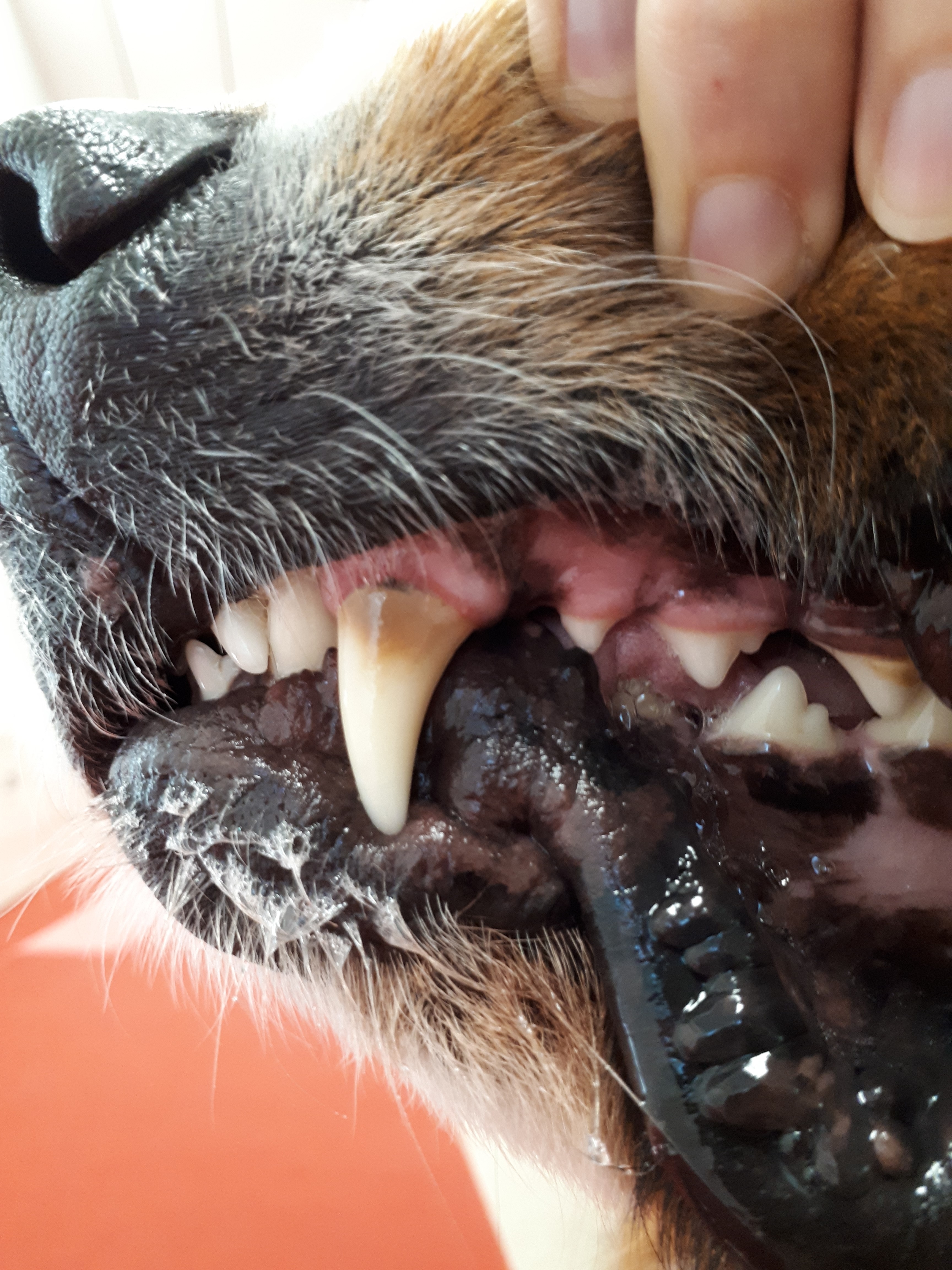The number of myths about ingredients used in pet food is near limitless. For those trained in nutrition or medicine, they often seem the stuff of pulp fiction. Despite this, there are a few deeply held misunderstandings bordering on “urban legend” that seem to have more emotional impact than others. From the author’s perspective developing and formulating pet foods for nearly 20 years, these myths have been so pervasive that they have altered the direction of pet food product development, not always to the benefit of the pet or owner. These misunderstood ingredient categories are often prominent “No list items” one finds on a package. They are oft maligned as cheap, harmful or even toxic and include the “Byproducts,” “Artificial Preservatives” and “Grains” like corn and wheat. Of course, there are other prominent ingredient myths. These include: Citric acid causes bloat; salt is used as a flavoring; euthanized pets end up in meat and bone meals; carrageenan and sodium selenite are carcinogens; vitamin K3/menadione leads to kidney disease; beet pulp causes “red coat”; wild-caught, free-range and organic ingredients are more nutritious than farm-raised meats; and the list goes on and on. Byproducts, preservatives and grains seem to be maligned more than they deserve. What do we know about these ingredients, what is the thread of truth that undergirds the myth, and is there anything that can be done to rectify the situation?

Ingredient Myths That Have Altered the Course of Pet Food: Byproducts, Synthetic Preservatives and Grain
Aldrich, G.
 Purina: Your Pet, Our Passion
Purina: Your Pet, Our Passion




